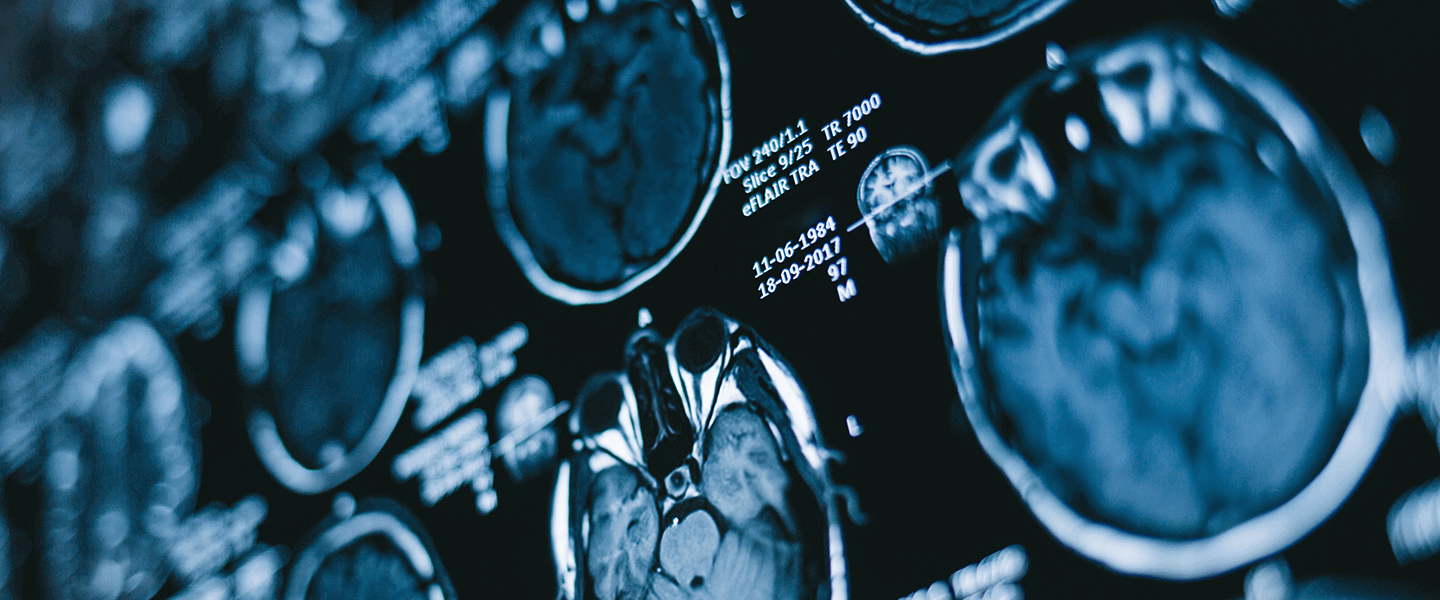Interpretation of Brain Scan Results Suggests Ways of Optimizing Psychotherapies for OCD
Interpretation of Brain Scan Results Suggests Ways of Optimizing Psychotherapies for OCD

Abnormalities in several brain networks have been shown in past research to be present in individuals with obsessive-compulsive disorder (OCD). In the effort to find more effective treatments, there has been considerable interest in whether connectivity patterns in these disturbed networks can predict whether a given individual will respond to available treatments.
A form of cognitive behavioral therapy with an enhancement called exposure and response prevention (ERP) is a first-line treatment for OCD. It involves patients learning to face their fears while resisting urges to perform compulsive behaviors.
When the treatment works, it tends to reduce symptoms significantly. But there is great variability in response across patients, notes a research team that set out to learn why some OCD patients respond better to ERP than others. The team was co-led by Kate D. Fitzgerald, M.D. of Columbia University and Stephan F. Taylor, M.D., of the University of Michigan, Ann Arbor. Dr. Fitzgerald is a 2013 and 2007 BBRF Young Investigator. Co-first authors of the paper reporting results of their study in the American Journal of Psychiatry were Stefanie Russman Block, Ph.D., a 2022 BBRF Young Investigator, and Luke J. Norman, Ph.D.
Various models of network connectivity have been proposed to help account for symptoms in OCD. The researchers wanted to extend knowledge of the networks described in these models, as well as their utility in predicting patient responses—not only in adult patients, but also adolescents, who have not been extensively studied in this respect. The latter was important to the team in light of evidence that responses to ERP therapy may differ according to age.
One hundred-sixteen patients (58% female) with moderate or greater current OCD symptoms were recruited for the study. They were divided into two groups: in one, 27 adolescents (12-17 years old) and 31 adults (24-45 years old) were randomly assigned to receive 12 weeks of ERP treatments. The other group, also consisting of 27 adolescents and 31 adults, received an “active control” therapy, i.e., a therapy for OCD that was not the same as the one at the focus of the study, ERP. That alternate therapy, also a psychotherapy, was stress-management therapy, or SMT, and focused on coping skills that prior work has shown to be minimally effective for OCD. Patients in both treatment groups were assessed for symptom severity at baseline, at midpoint of the therapy sessions, and after they concluded.
All patients enrolled in the study, as well as a separate group of 63 healthy controls—age- and gender- matched individuals who had no history of psychiatric illness and no relatives with OCD—were given brain scans prior to the time when patients in the trial would begin receiving therapy. The scans measured resting-state functional connectivity (rsFC), a way of assessing how different brain regions that could be affected in OCD talk to one another.
As expected, those who received ERP therapy had a greater reduction in OCD symptoms compared with those who received SMT therapy. The difference was marked: symptom “scores” for adolescent patients before receiving ERP were, on average, 26, and 13 after therapy ended; for adults, the respective figures were 24 and 12. In the SMT group, symptom scores of adolescents dropped from 27 to 22, and adults from 27 to 23.
What did the pretreatment brain scans reveal about whether network connectivity could be used to predict who responded and who didn’t, and who responded more than others? The results here are more complicated to explain. Symptom improvement for both treatments among OCD patients could be predicted [retrospectively] by greater resting-state functional connectivity of cognitive control and subcortical networks. ERP and SMT response could also be distinguished by patterns of connectivity between other brain regions. “ERP and SMT may rely on differences in the organization of connectivity between the ventromedial prefrontal cortex (vmPFC) and subcortical brain areas,” the team said. “SMT seeks to lower anxiety levels, in general, whereas in ERP a therapist guides a patient to tolerate progressively greater levels of anxiety-inducing situations.”
Putting these and other findings together, the team drew this interesting and unexpected conclusion: Rather than focus on treatments aiming to change connectivity in circuits that differ between OCD patients and healthy controls, “it may instead be more advantageous to boost activity in ‘healthy circuits’ to optimize treatment response.” The team here does not mean boost connectivity broadly or indiscriminately, but in specific circuits that affect habitual behavior, cognitive control, and response inhibition.
The main takeaways of the study were: 1) that vmPFC-subcortical connections predicted response to ERP specifically, 2) that cognitive control and motor connectivity predicted response to psychotherapy generally, and 3) that connectivity, mainly of the nucleus accumbens area of the brain, differentially predicted response by age. The team specified: nucleus accumbens connectivity with cognitive control networks predicts better response in adolescents. In sum, the results suggest that “the greater influence of networks for cognitive control over subcortical regions is important for ERP to work, and motivates our new study to strengthen these networks via cognitive training to facilitate ERP response in OCD-affected youth,” Dr. Russman Block commented.
In general, she said, “knowing, prior to treatment initiation, what factors are associated with a greater symptom improvement could enhance the development of treatments and therapeutic outcomes in OCD, for example, through ‘priming’ interventions delivered before ERP to maximize the likelihood of treatment response.”
Dr. Fitzgerald and colleagues will soon begin testing whether cognitive training exercises to improve cognitive control facilitates ERP response in youth with OCD. Clinicians and/or patients interested in this study should contact Caroline Risdon to learn more: (Caroline.Risdon@nyspi.columbia.edu).




